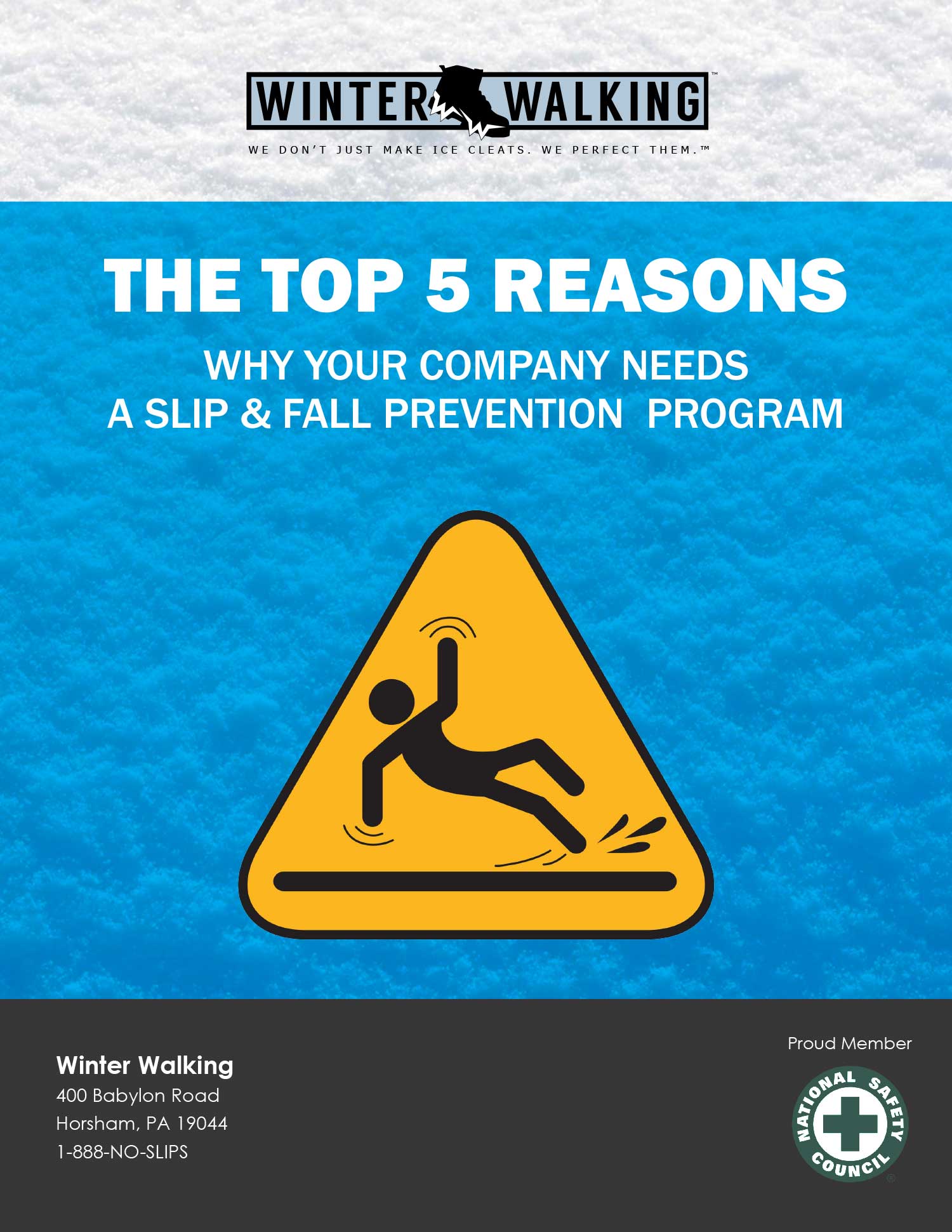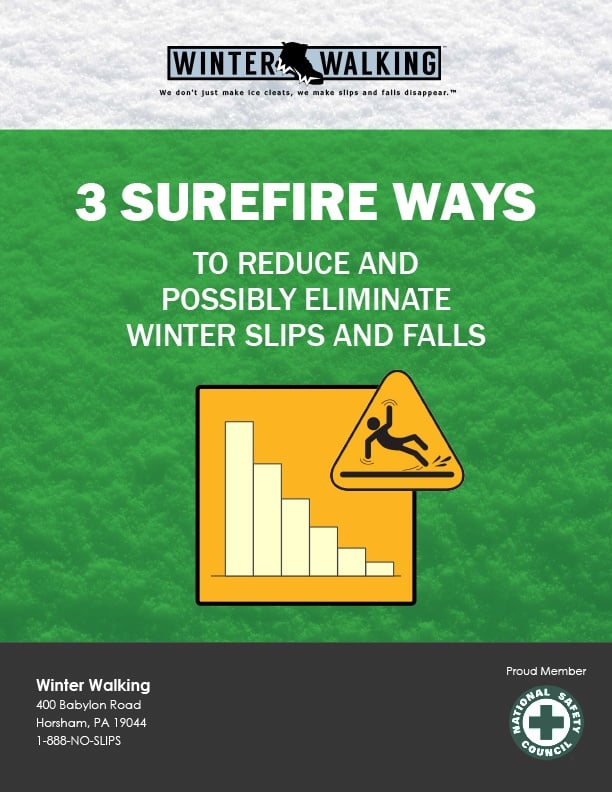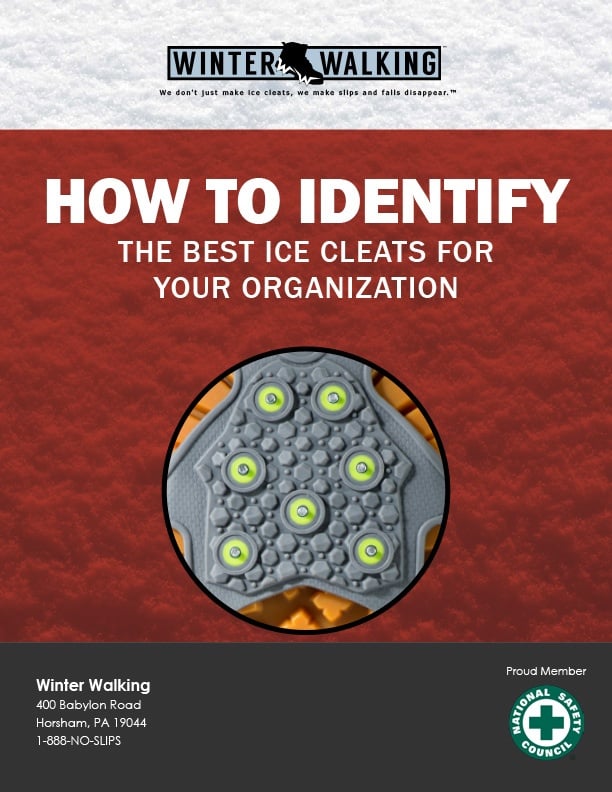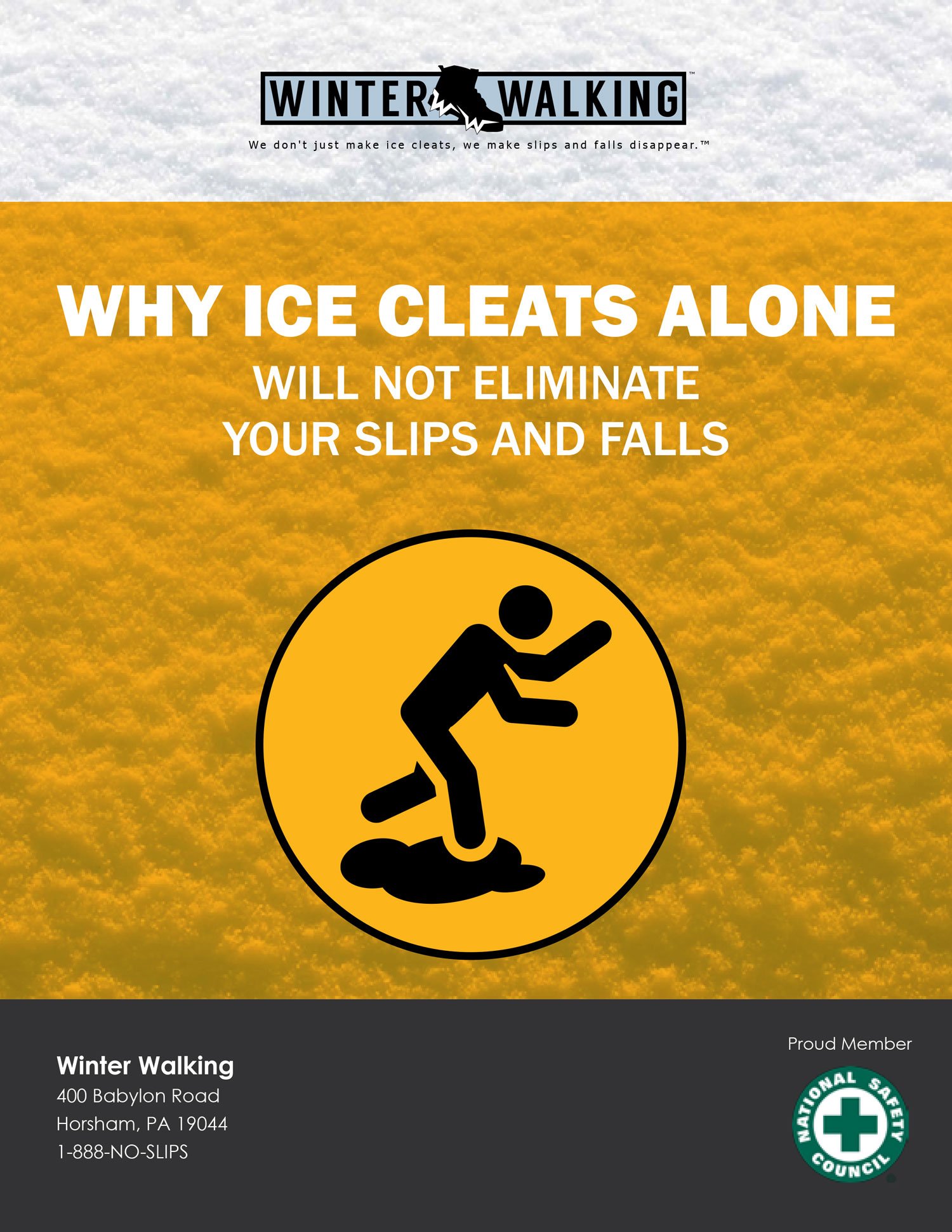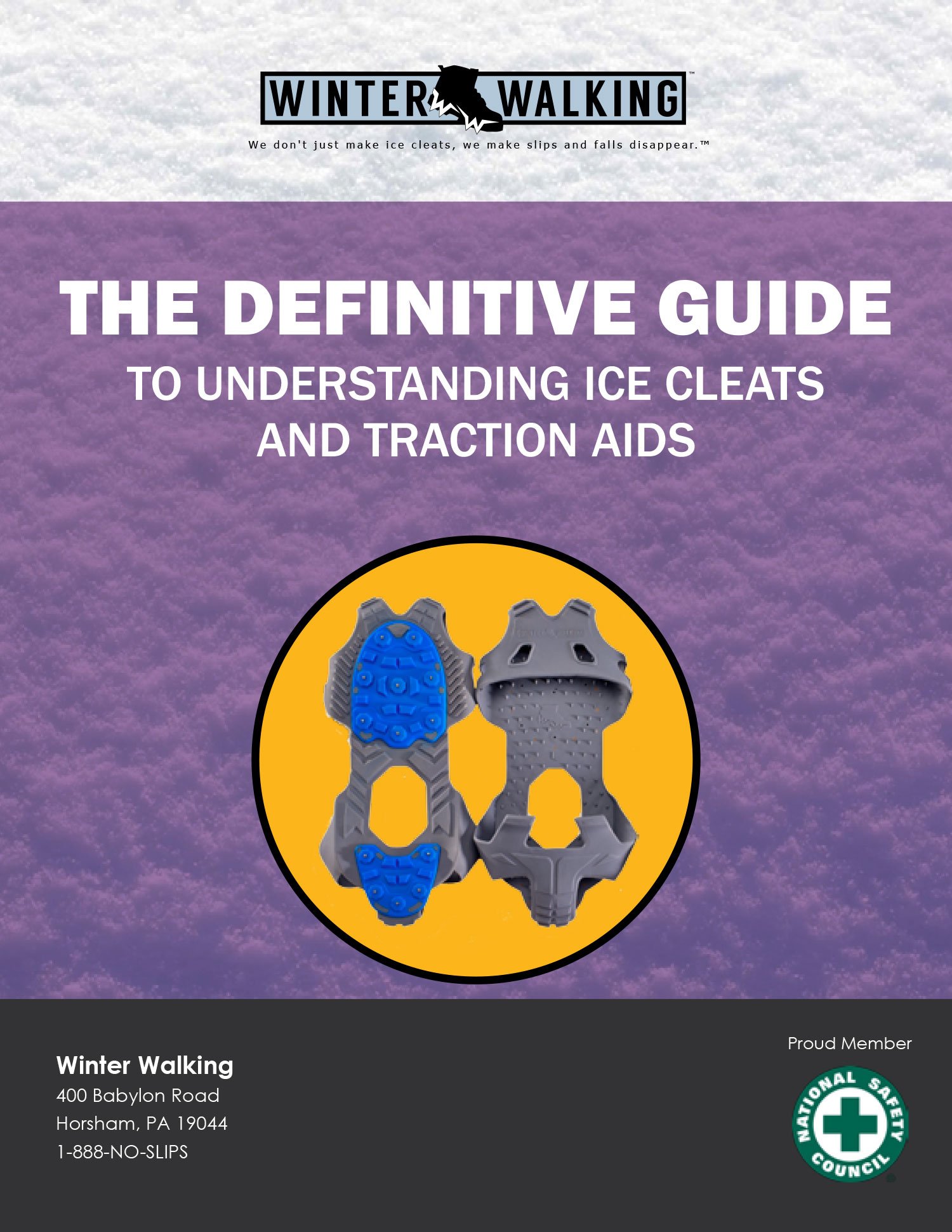 On particularly cold winter days when I was a kid, my mother would often give me a choice regarding outerwear, “Either wear your winter coat or don’t go outside,” she would say, effectively offering me a Hobson’s Choice - no choice at all.
On particularly cold winter days when I was a kid, my mother would often give me a choice regarding outerwear, “Either wear your winter coat or don’t go outside,” she would say, effectively offering me a Hobson’s Choice - no choice at all.
Since I was just a seven-year-old kid, my mom wasn’t interested in empowering me or helping me to build my decision-making skills. She simply wanted me to be warm and not get sick.
There are many companies that offer this same “no choice” when it comes to safety items – either comply with OSHA workplace safety or go home.
While this “no choice” policy is sure to get everyone in employee compliance, forcing this employee compliance on your employees may lead them to resent management. My mother certainly didn’t treat me as an adult when I was seven – because I wasn’t one. But your employees are a different story. They are adults and the more you can treat them that way, the more responsible they are likely to be toward the organization and OSHA workplace safety.
Offering your employees the ability to make choices encourages active participation and ultimately creates a sense of empowerment. The key is to make sure the choices, or options available to your employees, fit within your larger safety goals.
In the case of safety products, or in this case ice cleats, allowing your employees to choose whether or not to participate in a slip and fall reduction initiative can undermine an otherwise sound safety program. Opting in or out of traction shoes is not the type of choice that you want to offer. Instead, offer a choice of specific ice cleat models. Make sure that all of the ice cleat options fit within your criteria of “safe” and then allow your employees to choose the ice cleat that will work best for them.
Offering your employees the freedom to choose within your safety program will help them to engage in their own safety, and that’s the type of employee compliance you should be after.
Thank you for reading. If you found value in this post, please consider sharing it with your LinkedIn network or simply “like” it.
Jonathan Bell is President and CEO of Winter Walking. He has been helping organizations across a wide variety of business sectors prevent workplace slips and falls in ice and snow for over 20 years. Winter Walking currently helps some of the world’s largest organizations keep their employees both safer and more productive while working outdoors in the winter season. Contact jonathan@winterwalking.com or visit www.winterwalking.com.


